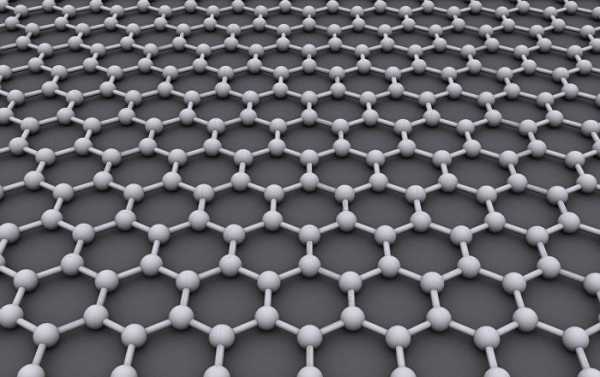
Scientists from Don State Technical University and their colleagues from Vietnam and Pakistan have developed an ultrathin graphene/g-Ga-Se (gallium-selenium) hetero-structure for manufacturing state-of-the-art electronic devices, according to the University’s press service, RIA Novosti reports.
In 2010, the author of a research paper studying graphene, the first material in history that can be one atom thick, received the Nobel Prize in Physics. Today, graphene hetero-structures are used as a substrate for elements in many new electronic devices (microcircuits, transistors, etc.).
“The combination of the electronic structures of graphene and graphene-like Ga-Se monolayer (g-GaSe) in an ultrathin hetero-structure has been realized experimentally. Our results show that the electronic properties of graphene/g-GaSe hetero-structures are stable. We found that the n-type Schottky contact is formed in the graphene/g-GaSe hetero-structure with a Schottky barrier height of 0.86 eV which can be efficiently modulated by applying an electric field, in-plane strains, and interlayer coupling,” said Professor Viktor Ilyasov from the University’s Physics Dept.
The results of this research project have been published in the Journal of Alloys and Compounds, Superlattices and Microstructures and Vacuum.
Scientists believe that they are very important for designing and manufacturing future graphene-based Van der Waals (vdW) hetero-structures, such as a graphene/g-GaSe hetero-structure, and for understanding the physics reactions in graphene-based 2D vdW hetero-structures.
Don State Technical University, the first Russian university to receive anchor regional-university status in February 2018, will serve as the main driving force of the Rostov Region’s innovation development.
Sourse: sputniknews.com






